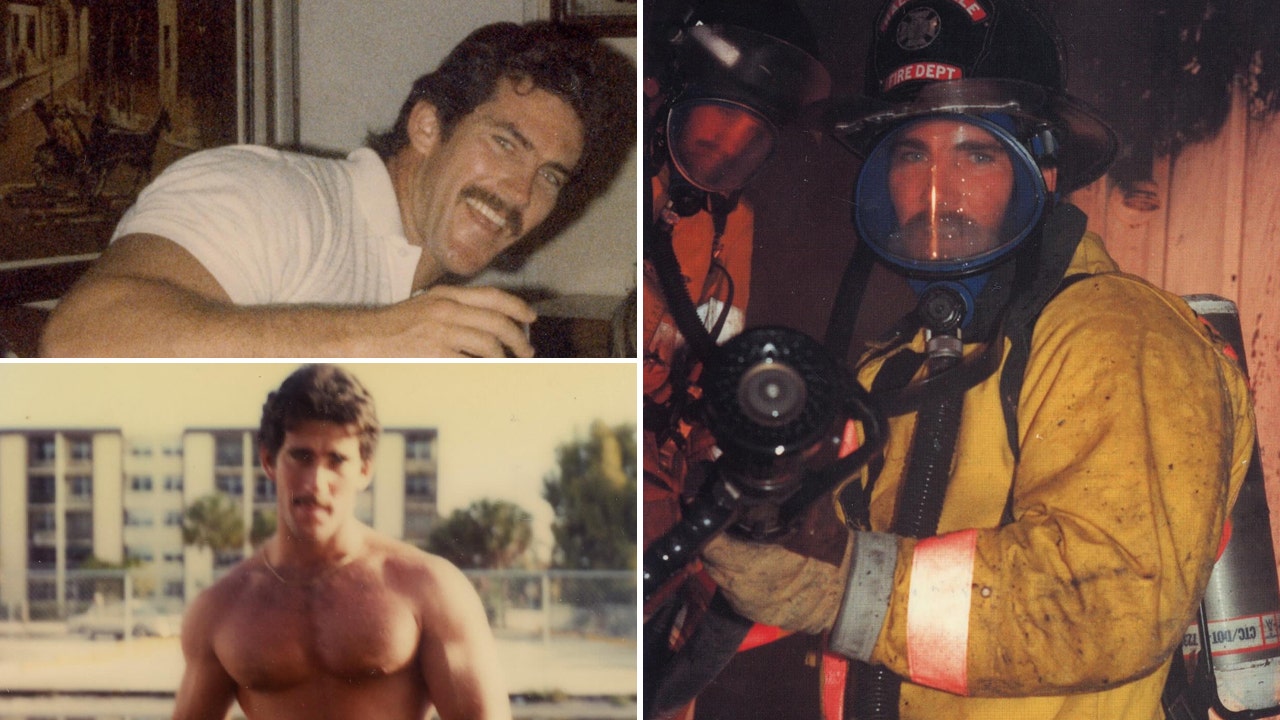The much larger ships navigating U.S. ports have raised the risk of deadly crashes, requiring a fresh look at bridges and other key infrastructure that may need enhanced protections, a U.S. Coast Guard official said on Wednesday.
The official, Vice Adm. Peter Gautier, told a congressional committee that action was needed even before the completion of investigations into the cargo ship crash in March that knocked down the Francis Scott Key Bridge in Baltimore, killing six people.
“It is time to more broadly understand these risks,” Mr. Gautier told the House transportation and infrastructure committee, which is examining the federal response to the crash. He said the Coast Guard would be starting a nationwide review to examine vulnerabilities and propose plans to reduce the risk of disastrous accidents.
Jennifer Homendy, the chair of the National Transportation Safety Board, said during the hearing that states and other bridge operators should be evaluating the types of vessels traveling through their waterways, especially near older bridges. While her agency expects to take about 18 months to produce a final report on the Baltimore disaster, she said officials might issue urgent safety recommendations even sooner.
N.T.S.B. investigators released a preliminary report on Tuesday about crash, finding that the cargo ship Dali had experienced two electrical outages on the day before it left the port, and then suffered another round of outages as it approached the Key Bridge. The agency said it was still investigating the cause of the failures and trying to replicate the problems to understand how they occurred.
The vessel lost steering capability and crashed into a bridge pier, knocking part of the span into the water and killing six workers who had been part of a roadway maintenance crew.
Container ships have grown steadily larger in recent decades. But many older bridges lack protection systems that could deflect or absorb the impacts of such large vessels. The Key Bridge had a series of small concrete islands known as “dolphins” to help protect it, but officials acknowledged decades ago that the bridge would not be able to withstand a direct hit from a heavy cargo vessel.
A New York Times review found more than 300 major bridges around the country where inspectors discovered that protection systems were deteriorated, potentially outdated or nonexistent.
But for transportation agencies with limited funds and lengthy lists of projects, the cost to enhance protections around a dated bridge can be immense: At the Delaware Memorial Bridge, crews are in the midst of a $93 million project to protect the span from the larger ships now traveling below. The protection system will include eight concrete dolphins, each 80 feet in diameter and anchored 45 feet deep in the riverbed — much stronger than the dolphins that surrounded the Baltimore bridge.
On Wednesday, officials said new risk evaluations could consider things like pier protection systems or tugboat escorts. Ms. Homendy of the N.T.S.B. said investigators were still looking at whether extending the distance that a tug escort accompanied the Dali out of the harbor could have averted the crash.
Vessel-bridge crashes have occurred with a certain regularity in recent decades. Some of them — in places like Tampa Bay, Fla., Mobile, Ala., South Padre Island, Texas, and Webbers Falls, Okla. — have been catastrophic. Many others have been disruptive: On Wednesday, as the congressional hearing was already underway, a barge crashed into the Pelican Island Causeway in Galveston, Texas, damaging part of the bridge, spilling oil and prompting the roadway to be closed.
Shailen Bhatt, the administrator of the Federal Highway Administration, told lawmakers on Wednesday that officials were determining how to protect and build bridges as new threats arose. He said that conversations with state transportation departments were helping to develop a list of existing bridges to evaluate.
“It’s examining all the threats and doing that cost-benefit analysis of what protections are quickly deployable — how do we get these bridges protected, and then how do we update design standards given the ever-changing nature of the vessels going underneath them?” he said.
Crews were continuing to clear the wreckage in Baltimore, using explosives this week to separate the wrecked cargo ship from a section of the bridge. The vessel will eventually be refloated and pulled from the crash site.
Maj. Gen. William H. Graham of the U.S. Army Corps of Engineers told lawmakers that officials hoped to have the port’s navigation channel fully reopened by the end of this month.






